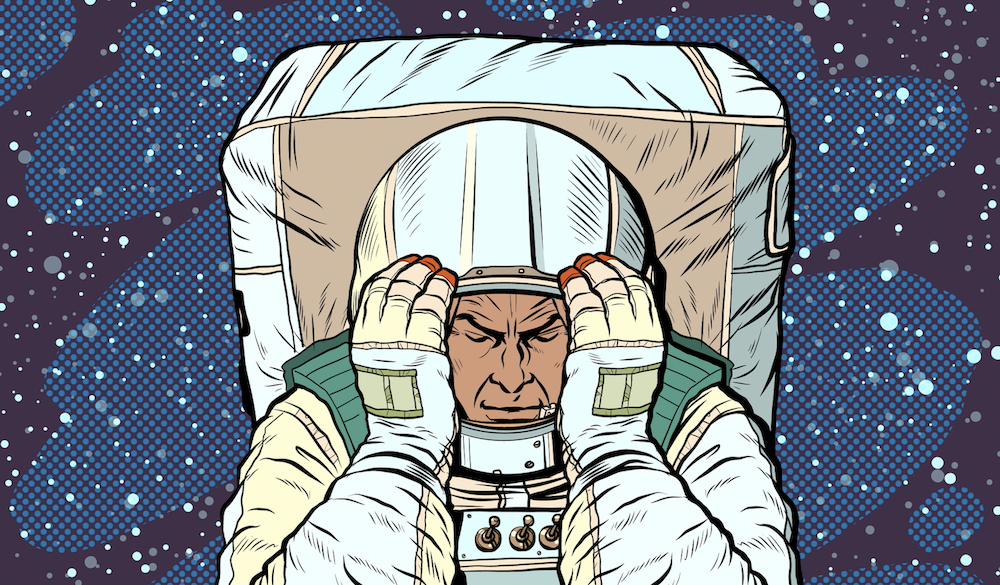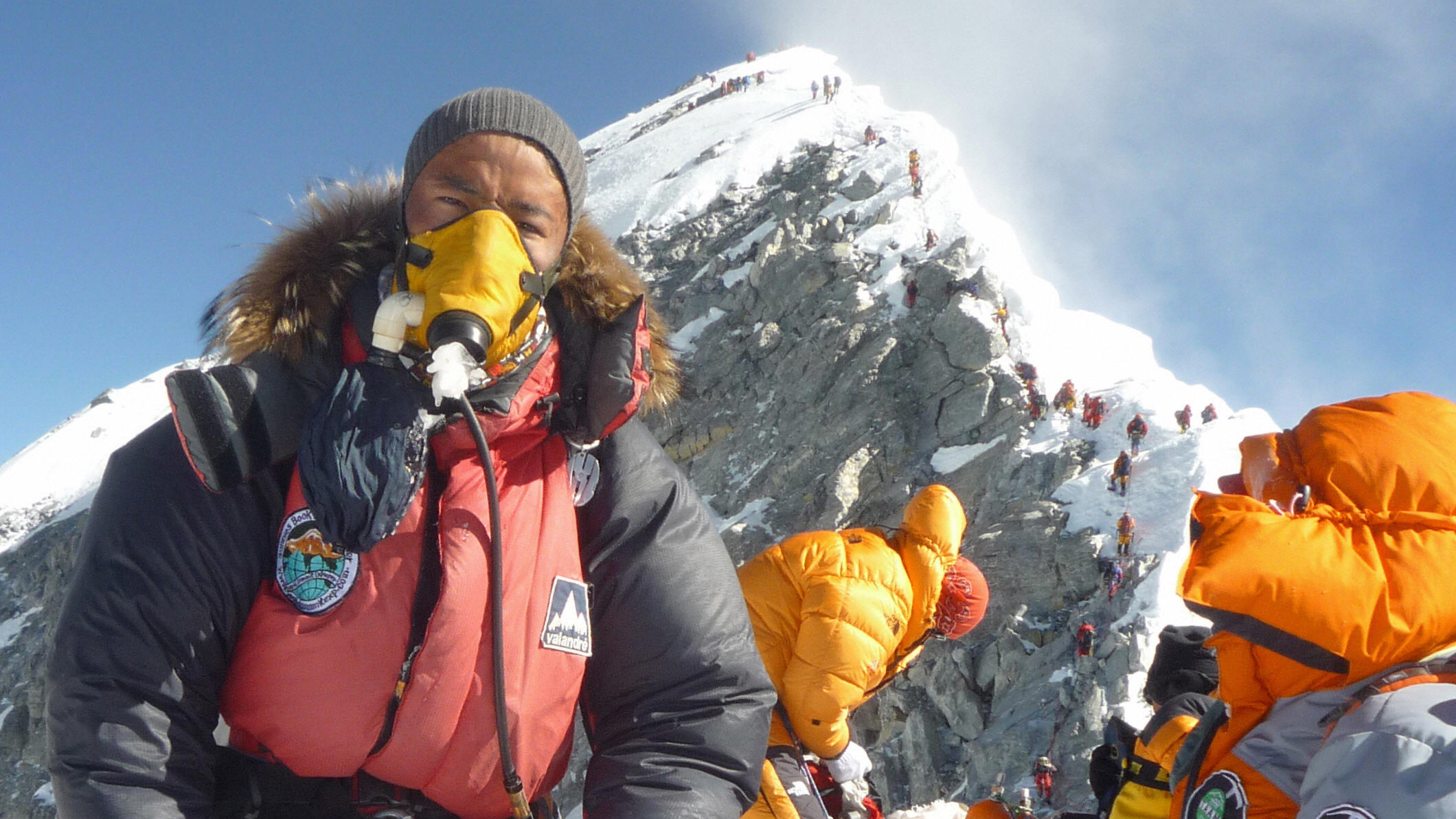Some funny things happened to astronaut Scott Kelly’s body after one year in space

Scott Kelly left an identical twin behind when he took off from Earth and stayed in the space station for a full year. Earlier this week, Newsweek(and several other publications) reported that 7% of his genes are no longer the same as his brother’s. Which… ahem… given that 96% of our genes are the same as chimpanzees, would make him no longer human.

NASA has confirmed in its Twins Study that how his genes are expressed—that is, how they react to his environment—were measured before, during, and after the year-long mission. Scott’s metabolites, which are necessary for maintaining life, cytokines, which are secreted by immune system cells, and proteins, which are the engines within each cell, all changed. Much like any human body under stress—say, mountain climbing or deep-sea diving—his body changed.
What they found is that spaceflight creates oxygen-deprivation stress, increased inflammation throughout the body, and facilitated dramatic nutrient shifts that affect genes directly.
While most of the items studied returned to normal within weeks or months of his return, some things did not. These are directly related to immune system, DNA repair, bone formation, and more. Also, problems such as abnormality elevated CO2 levels and hypoxia—a deprivation of oxygen supply at the tissue level—have wreaked a bit of havoc on Scott’s body.
The full study and documentation will be released in late 2018. NASA considers this analysis a high priority because of the eventual plan to send astronauts to Mars for up to three years.
From its press release:
“The Twins Study has benefited NASA by providing the first application of genomics to evaluate potential risks to the human body in space. The NASA Twins Study also presented a unique opportunity for investigators to collaborate, participating in a team approach to HRP research.
Observations guide development of future hypotheses. Research from the landmark Twins Study will inform NASA’s Human Research Program studies for years to come, as NASA continues to prioritize the health and safety of astronauts on spaceflight missions.”
And here’s what another astronaut learned while aboard the International Space Station:





